News
Unlocking the Power of Solar Led Lights to Reduce Energy Costs by up to 75 Percent
In the quest for sustainable energy solutions, "Solar Led Lights" emerge as a transformative technology that can significantly reduce energy costs. According to a report by the International Energy Agency (IEA), global energy consumption in outdoor lighting accounts for approximately 19% of total energy use in the sector. By replacing traditional incandescent and fluorescent lighting with solar LED alternatives, households and businesses can achieve energy savings of up to 75%, as highlighted in research by the U.S. Department of Energy. Additionally, the global solar LED market is projected to reach $3.7 billion by 2027, driven by the increasing demand for energy-efficient lighting solutions. Harnessing the power of solar LED lights not only enhances energy efficiency but also contributes to reducing carbon footprints, offering a dual benefit for both the environment and the economy.
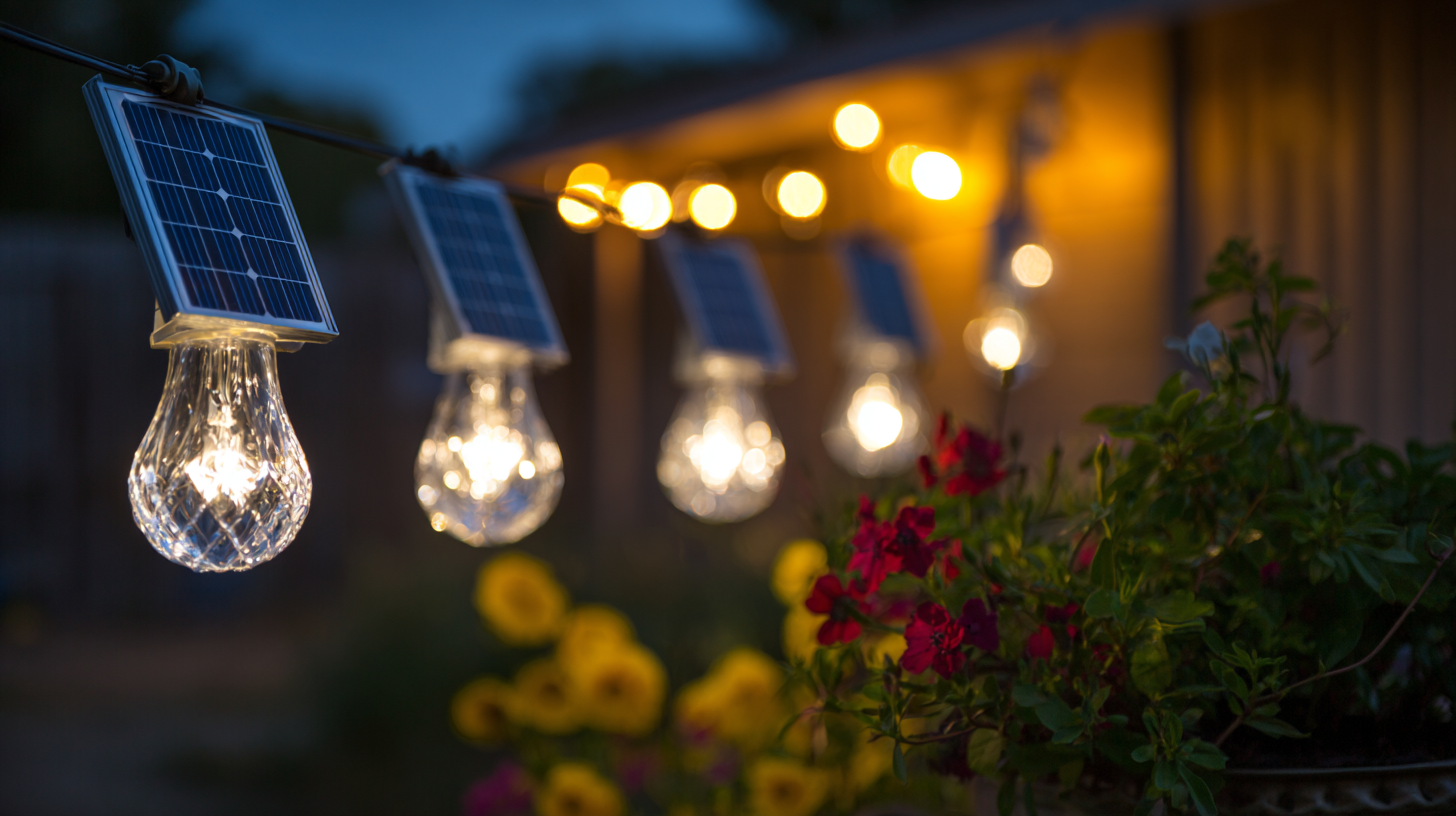
The Advantages of Solar LED Lights: A Comprehensive Overview of Energy Efficiency
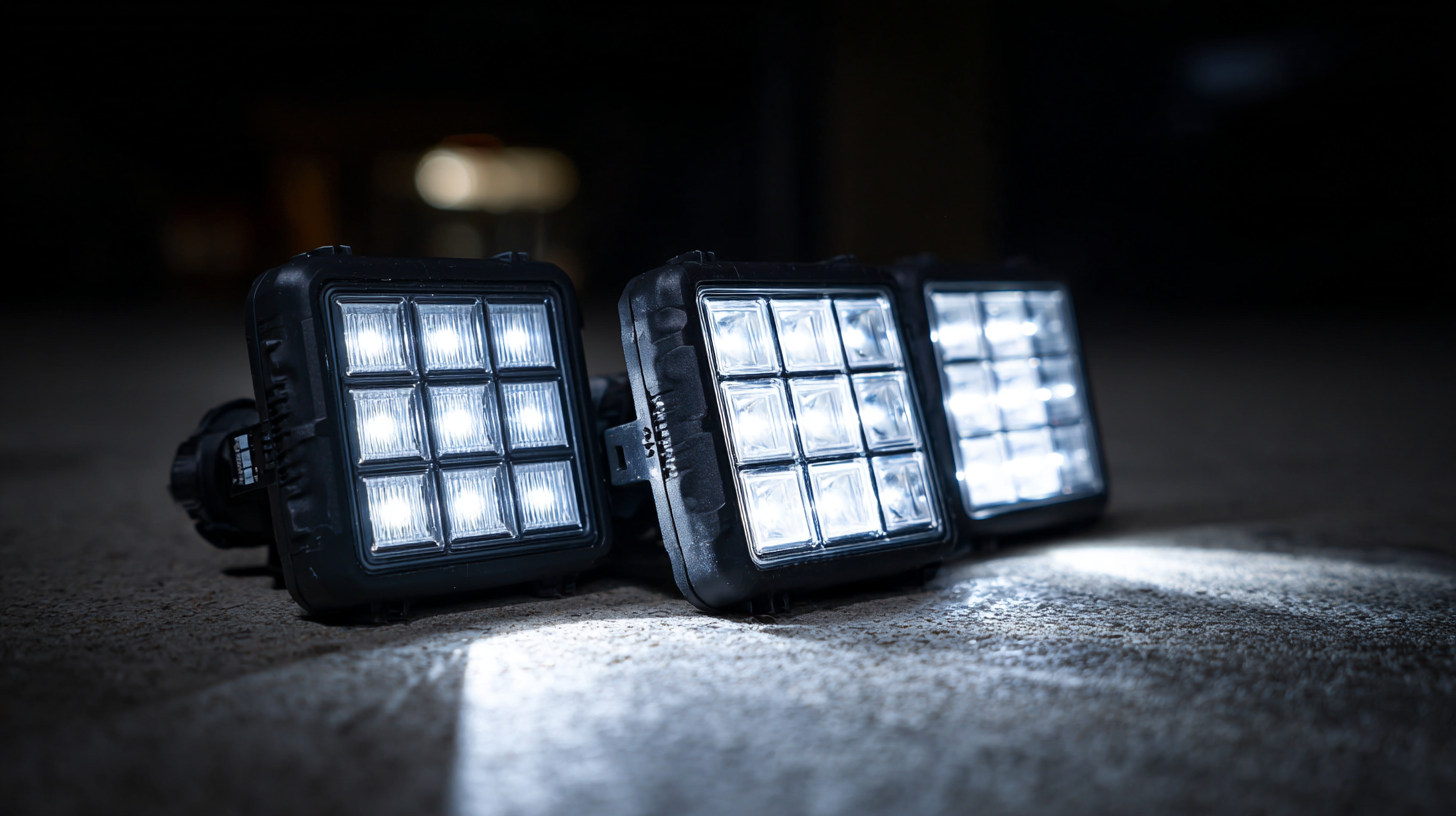 The integration of solar LED lights offers significant benefits in energy efficiency, making them an ideal choice for both residential and commercial applications. According to the U.S. Department of Energy, LED lights consume up to 75% less energy than traditional incandescent bulbs while providing the same level of brightness. This reduction in energy consumption not only contributes to lower electricity bills but also helps in decreasing carbon footprints, making solar LED lights a sustainable option for eco-conscious consumers.
The integration of solar LED lights offers significant benefits in energy efficiency, making them an ideal choice for both residential and commercial applications. According to the U.S. Department of Energy, LED lights consume up to 75% less energy than traditional incandescent bulbs while providing the same level of brightness. This reduction in energy consumption not only contributes to lower electricity bills but also helps in decreasing carbon footprints, making solar LED lights a sustainable option for eco-conscious consumers.
Furthermore, the National Renewable Energy Laboratory (NREL) highlights that solar-powered lighting systems can operate independently from the grid, thereby eliminating utility costs entirely in some cases. With advancements in battery storage technology, solar LED lights can store excess energy generated during the day for use during nighttime, ensuring continuous illumination without reliance on conventional energy sources. As more businesses and homeowners recognize these advantages, the shift toward solar LED lighting is becoming increasingly evident, fostering a greener future while significantly reducing energy costs.
Understanding How Solar LED Technology Reduces Energy Bills by Up to 75 Percent
Solar LED technology is revolutionizing the way we approach energy consumption, particularly in outdoor and indoor lighting. By harnessing the power of the sun, solar LED lights can drastically lower electricity bills by up to 75 percent. This remarkable reduction in energy costs comes from the combination of solar panels and highly efficient LED bulbs, which consume significantly less power than traditional lighting solutions. As solar LED lights store energy throughout the day and use it at night, homeowners and businesses alike can enjoy illuminated spaces without the burden of high energy expenses.
Tip: To maximize savings with solar LED lights, consider installing them in areas that receive ample sunlight during the day. Locations such as patios, gardens, and driveways are ideal for solar lights, enabling them to charge effectively and provide reliable illumination at night.
Moreover, solar LED lights are not just cost-effective; they are also environmentally friendly. By reducing reliance on grid electricity, these lights contribute to lower carbon emissions, making them a sustainable option for eco-conscious consumers. Transitioning to solar LED technology benefits not only your wallet but also the planet.
Tip: Look for solar LED lights with adjustable brightness and motion sensors to further enhance efficiency and save even more on energy costs. These features allow the lights to operate only when needed, ensuring that energy is used wisely.
Evaluating Key Performance Metrics: Lumens, Watts, and Energy Savings of Solar LEDs
 Solar LED lights have emerged as a groundbreaking solution for reducing energy costs, with potential savings of up to 75 percent. The integration of solar technology into lighting design allows homeowners and businesses to significantly cut their electricity bills while also contributing to environmental sustainability. Key performance metrics such as lumens, watts, and overall energy savings are essential for evaluating the effectiveness of solar LEDs. For instance, a typical solar LED can produce upwards of 100 lumens per watt, which makes them highly efficient compared to traditional lighting options.
Solar LED lights have emerged as a groundbreaking solution for reducing energy costs, with potential savings of up to 75 percent. The integration of solar technology into lighting design allows homeowners and businesses to significantly cut their electricity bills while also contributing to environmental sustainability. Key performance metrics such as lumens, watts, and overall energy savings are essential for evaluating the effectiveness of solar LEDs. For instance, a typical solar LED can produce upwards of 100 lumens per watt, which makes them highly efficient compared to traditional lighting options.
In light of recent changes to building regulations that mandate a 30 percent reduction in carbon emissions for new homes, solar LED lighting systems offer an effective way to meet these requirements. The six main building blocks of a solar-LED lighting system include solar panels, batteries, LED fixtures, charge controllers, inverters, and mounting systems. This holistic approach not only enhances energy conversion but also ensures reliable performance and long operational life. Data from industry reports consistently indicate that incorporating solar LED technology not only lowers energy costs but also aligns with the growing call for sustainable practices in construction and home improvements.
Real-life Case Studies: Communities Reducing Costs with Solar LED Lighting Solutions
The transition to solar LED lighting is transforming communities worldwide by significantly reducing energy costs. Real-life case studies highlight the potential for substantial savings; for instance, research indicates that communities implementing solar LED solutions can cut energy costs by up to 75%. This is particularly relevant in regions where traditional energy sources are both expensive and unreliable.
In Pakistan, a solar power boom driven by market dynamics demonstrates the efficacy of community-driven initiatives. With over 4 million solar home systems installed, these efforts showcase how affordable solar technology can lead to energy independence and lower utility bills. Simultaneously, projects in Zimbabwe have successfully utilized solar energy to enhance laboratory services, improving healthcare outcomes while simultaneously reducing operational costs. The ripple effect of such initiatives emphasizes that small-scale solutions can yield significant benefits, notably in areas with constrained resources.
The transition to solar lighting not only helps in controlling expenses but also contributes to environmental sustainability, making it a compelling choice for communities aiming to combat climate change while improving their quality of life.
Impact of Solar LED Lighting on Energy Costs in Communities
Future Trends: Innovations in Solar LED Technology and Their Impact on Energy Savings
Solar LED lights have emerged as a powerful solution for reducing energy costs significantly, with estimates suggesting savings of up to 75%. As technology continues to evolve, future trends in solar LED innovation promise to enhance energy efficiency further. The transparent solar cell market, anticipated to reach $89.88 million by 2032 with a compound annual growth rate (CAGR) of 18.40%, signifies a shift toward integrating solar technology into everyday products without compromising aesthetics or functionality.
Moreover, the global lighting market is poised for substantial growth. Valued at approximately $139.79 billion in 2023, it is projected to increase to $367.88 billion by 2032. This growth is fueled by advancements in lighting technology, including the adoption of energy-efficient LED solutions that hold the potential to drastically lower electricity consumption. With the increasing focus on sustainable practices and energy conservation, innovations in solar LED technology will play a crucial role in shaping a more energy-efficient future.
Related Posts
-
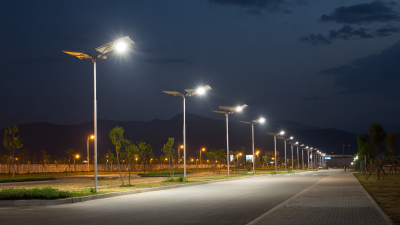
Elevating Global Standards: How China's Best Solar Pole Lights Redefine Quality and Trust
-
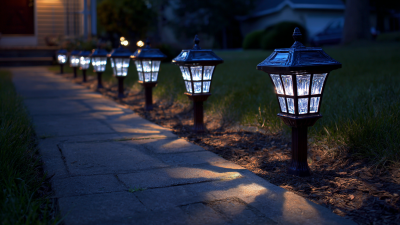
7 Best Solar Yard Lights to Brighten Your Outdoor Space
-
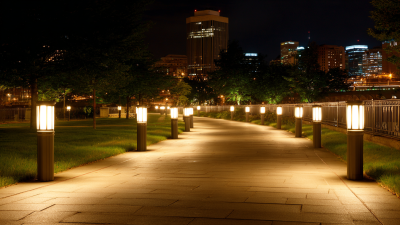
The Ultimate Guide to Choosing Solar Pole Lights for Sustainable Outdoor Spaces
-

Unlocking Global Opportunities for Solar Light For Home at the 137th Canton Fair in Guangzhou
-

Top 10 Solar Light Manufacturers from China at the 137th Canton Fair
-

7 Best Solar Ground Lights That Brighten Your Landscape Efficiency by 30 Percent
